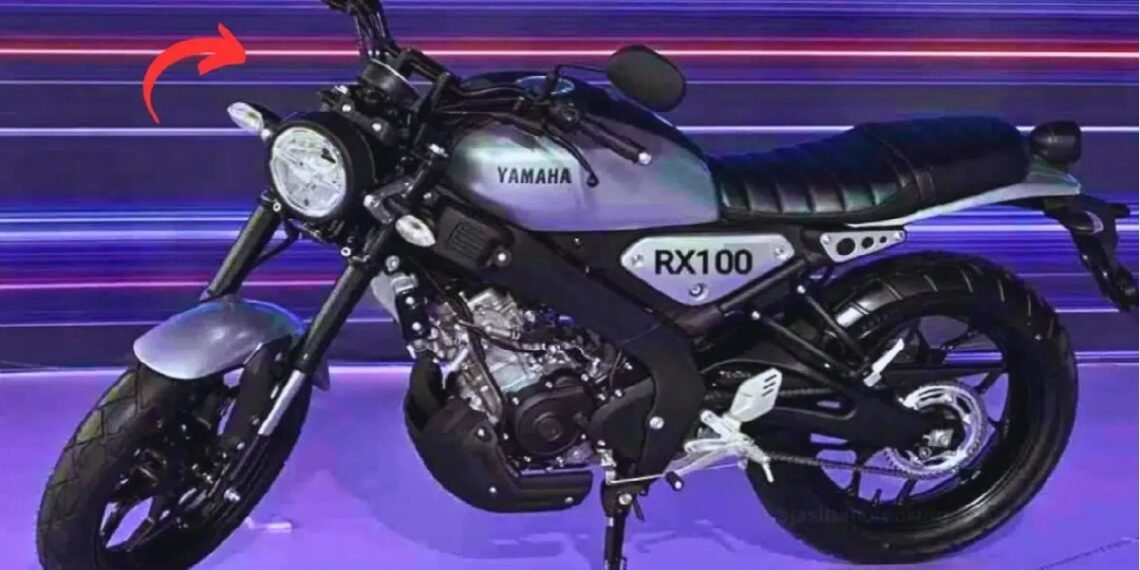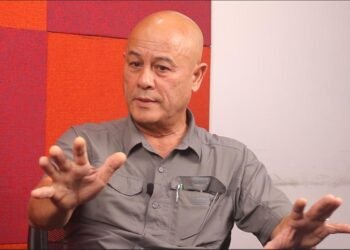Yamaha RX 100 ignited the passion for riding among young people and teenagers. Back then, this was every aspiring biker’s dream.
The Yamaha RX100 was always unique, even though there were other performance bikes available at the time, like the Suzuki Shogun, Yezdi Roadking, and Kawasaki Bajaj KB 100 RTZ. It was a trouble-free machine that was compact, lightweight, and easy to maneuver. Introduced in 1985, the Yamaha RX 100 has achieved the same modern-day success as the Bajaj Pulsars and, more recently, the KTM Duke and RC range in drawing in riders seeking performance at a reasonable cost. There has been a rumor recently that the well-known Yamaha RX 100 will make a comeback.
Yamaha Focuses on Premium Segment; No Plans for Yamaha RX 100 Relaunch Despite Rumors
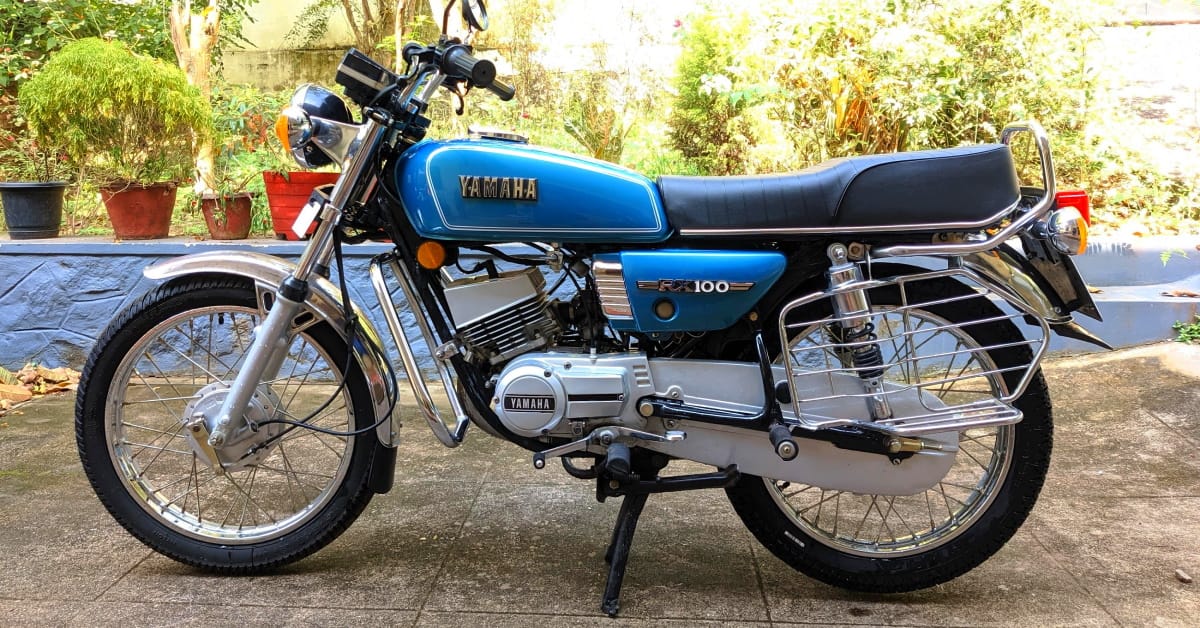
There will be no current relaunch of the Yamaha RX 100. It is untrue that it will launch by the end of this year, despite rumors to the contrary. Yamaha recently declared that it will be focusing on performance rather than mass market segments, where it has not been able to make a dent. The newly appointed chairman of Yamaha Motor India Group, Motofumi Shitara, announced recently that the company will be concentrating on the premium end of the motorcycle segment, which will be 150cc and above going forward. The bike might have a sneak preview at the 2020 Auto Show.
Price and Performance of Yamaha RX100
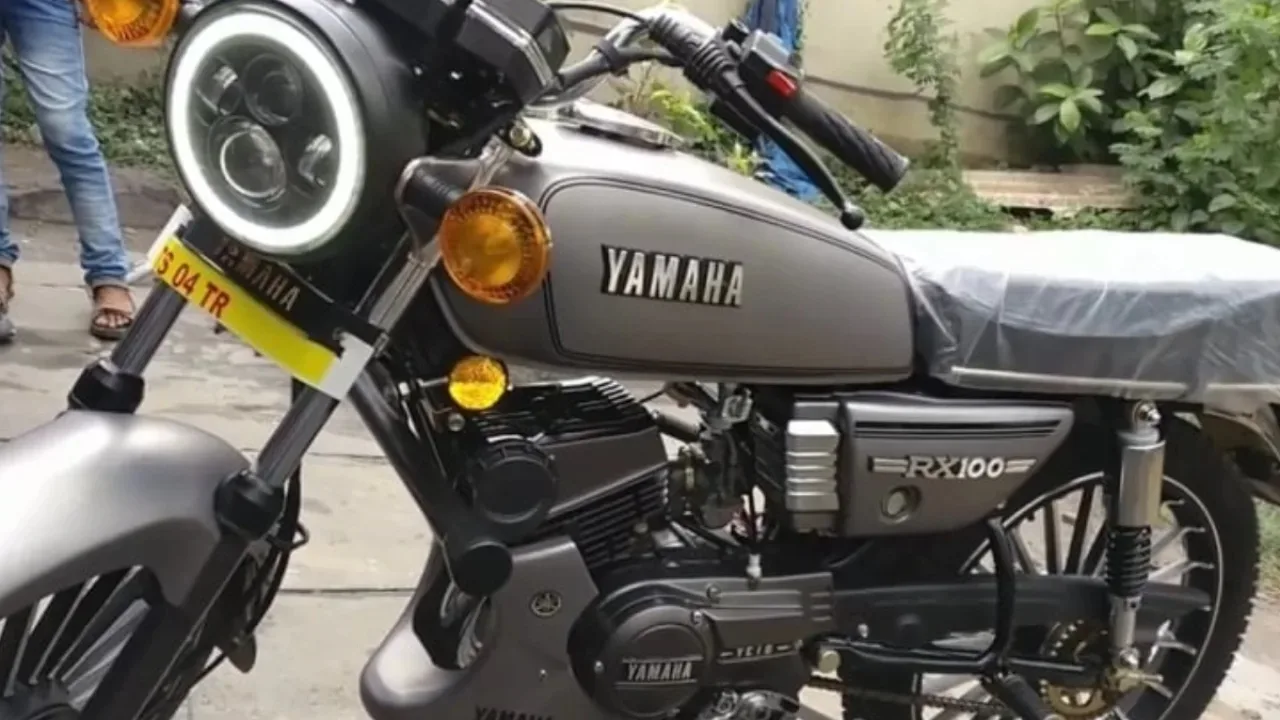
The price of the RX100, should be equipped with a performance-tuned 100cc engine, will put it beyond the reach of commuter bikes with engines between 100 and 110cc. It will be priced in the neighborhood of the KTM Duke 125. It’s always been about performance and thrills with this bike. If it returns, we estimate the on-road cost of this bike to be around Rs 1.2 lakh. According to some reports, the complete restoration of a scrapped Yamaha RX100 to its original splendour still costs over Rs 1 lakh. An even more expensive bike would be one that is brand-new and has all the latest features, materials, safety measures, and specifications.
Yamaha RX100; Legend in Two-Stroke Performance
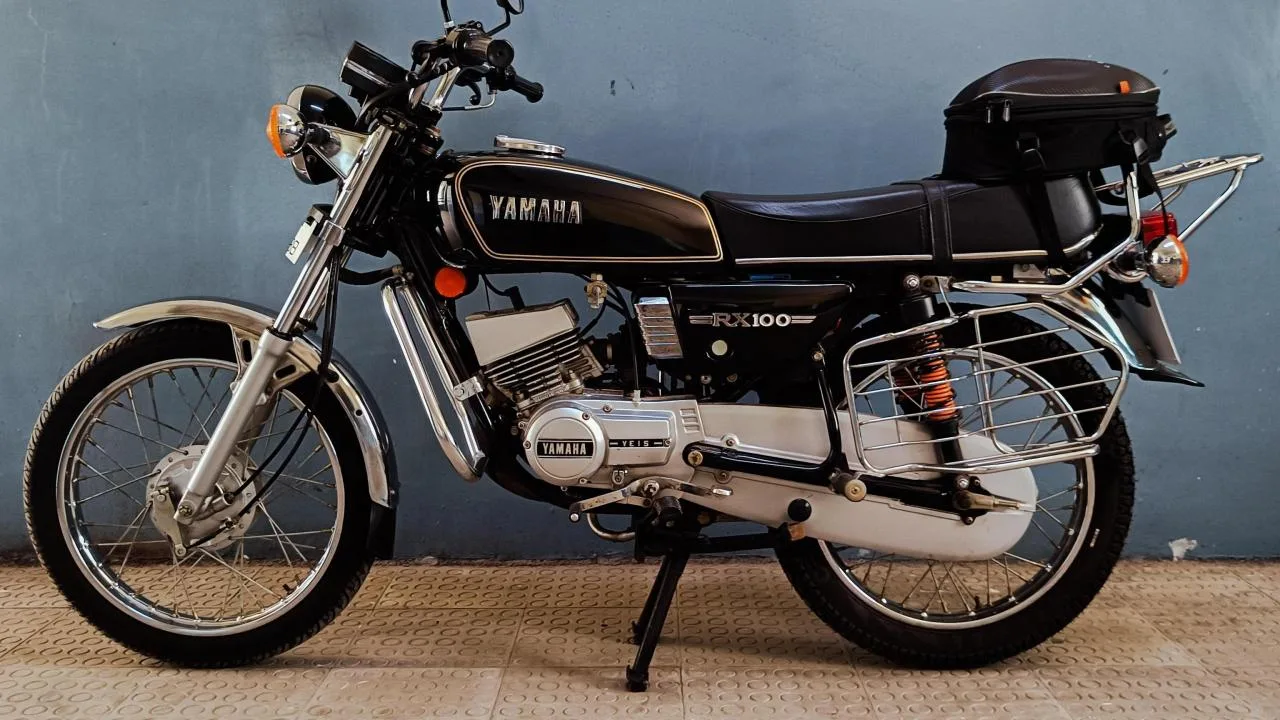
The 98cc, two-stroke engine that powered the first RX 100 produced 10.4 Nm of torque and 11 horsepower. Reed valves were installed in the engine to help improve combustion and minimize gas waste.
Yamaha was regarded as the world leader in two-stroke performance motorcycles. The Yamaha RX100 offered a sneak peek at the potential of Yamaha’s larger two-stroke engines. Everyone was surprised by the performance the little 100cc engine could deliver. It was capable of defeating many larger bikes.
According to rumors, the Yamaha RX 100 will compete to win back the title it held in the 1990s and will debut with a 4-stroke engine. However, this is untrue. In the currently budget-conscious 100cc class, Yamaha already offers the Saluto. Since enthusiasts are typically found in the 150cc and larger segment, Yamaha has created the R15 and FZ25 to appeal to them.
Yamaha RX Series Journey from RX 100 to RX 135
A four-stroke engine will take some of the bike’s charm away, and two-stroke engines are prohibited. Later, in 1996, the Yamaha RX 100 changed to become the RXG, which had a more potent 132cc engine that produced 11.8 bhp. The introduction of more stringent emission control regulations made this launch necessary. Higher fuel efficiency was the goal of the RXG. Later, the RXG became the RX 135 and the sporty-looking RX-Z was introduced at the same time. Later on, these bikes were also offered with a 5-speed gearbox. But this had its own problems, and its low fuel efficiency was the reason it didn’t work well. Sales of the final RX-135 models included a 4-speed gearbox.
The original Yamaha RX100’s success was never replicated by its successors. The Yamaha RX 100 (RX135) motorcycle was discontinued in 2005 after dominating the motorcycle market for more than ten years.


